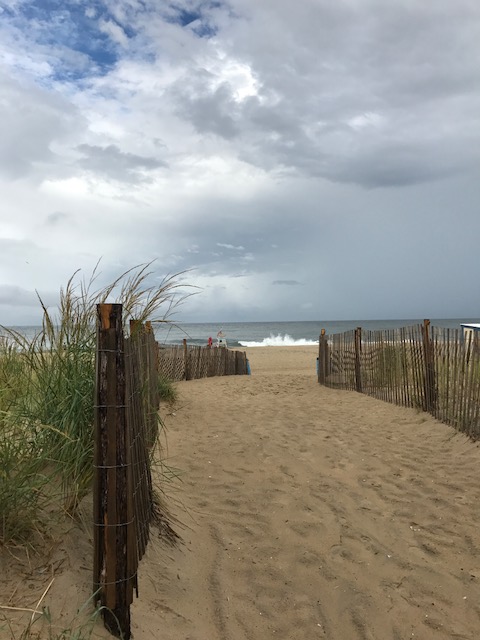
Governmental institutions are typically minimal in size or scope—usually focusing exclusively on the protection of national boundaries against invasion. While there may be a rudimentary community government system (village council or town hall meetings), the primary authority resides within the family and in the informal control exerted by the most economically powerful families in the community. Even today, we find that many premodern societies are essential feudal in nature, with power residing with a few members of the community who, in turn, assume overall responsibility for the welfare of the community and all of its residents.
While most premodern societies are established in small communities, relatively large cities obviously existed throughout the world long before the 19th Century advent of industrialization in Western Europe. Premodern cities such as Paris, Rome, London, Cairo, Istanbul, Bombay and Peking were usually not much more than very large (and often quite unwieldy) extensions of the small village. Minimal government existed in these urban centers and tightly knit ethnic neighborhoods took the place of the village community.
Extended families still played a dominant role and bartering was prevalent. The premodern city played a critical role in supporting limited international trade and the more sophisticated crafts (such as printing and the construction of large buildings). They also typically housed the central administrative offices of the only two organizations of any significant size in the premodern world—namely, the military and church. A large cathedral or temple usually dominated the central core of the premodern city, while the military typically provided protection at the outskirts of the city: the gates to the city, and/or the towers and walls surrounding the city.
Modern Societies
The modern society was a byproduct of Western industrialization. As machine were being invented and built that enabled mass production, there was an increasing need for centralization of both capital (for the machines were very expensive) and a work force (to run the machines). Extended families from premodern communities were broken up as the younger members of the family were lured by the prospect of money and material possessions to the new urban centers of industry. Of even greater importance (especially in modern American life) was the creation of a new form of community—called the suburb. Often identified as “the sultans of sprawl,” William Levitt, James Rouse and Robert Moses led the way following World War II by creating the first large-scale housing developments (Levittown, New York), commercial malls (Rouse) and expressways (Moses) to connect the suburbs to one another and the urban centers that employed the suburbanites.









